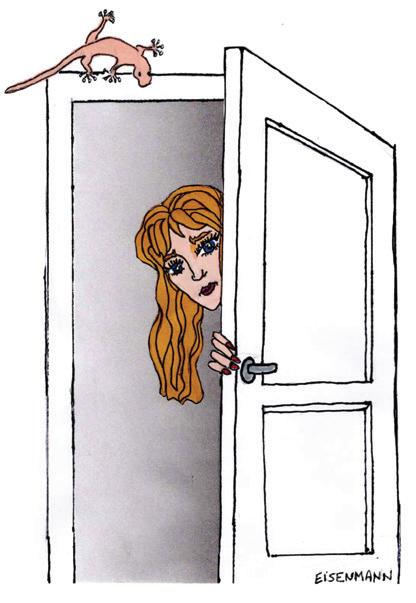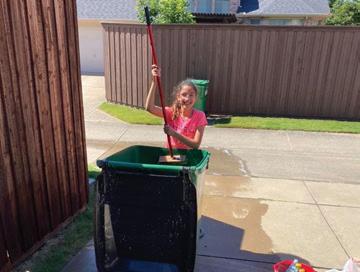“When children are in a stress response, their brains are basically offline and in a 100% emotional state at that time,” Dr.
Trotter said. “The parents’ job is to help
their child calm down. Once they are calm, then use reasoning to try and talk about the issue.”
Signs to Look For: • If a child consistently tells you they
have a stomachache or headache, or
Stressful Times Positive Reinforcement
CALL
FOR
A
by Brooke Ezzo | Photo courtesy of Dr. Kay Trotter
• If a child all of a sudden starts avoiding people or places.
• Refusal to go anywhere or leave the house.
• Meltdowns and tantrums. • Hard time winding down before
s the founder of Kaleidoscope Behavioral Health in Flower Mound, a published author, international conference speaker, and a pioneer in the research of Equine-Assisted Mental Health, Dr. Kay Trotter, Ph.D. is an incredible resource to the community. Over the last few months, adults and school-aged children have been feeling stress and confusion over the impact of COVID-19. With the uncertainty of the economy, businesses closing, tough decisions being made about starting the school year, and the shelter-in-place order, the rise in questions about our mental health needs to be addressed.
to school stress is normal. What I want to
“Right now, there is a lot of stress and anxiety. And because of that, it means that our window of tolerance is smaller. We are not as patient; even our children are on edge,” Dr. Trotter said. “But, going back
We react to the hormones in either a
help people to understand is how they react to all the stress.”
When we are anxious, our body has a
stress response — like an alarm that goes
off. We are flooded with stress hormones. fight, flight, or freeze response, and it is
important to know which one you are so you can identify the response in your children.
3 Stress Responses: Fight- This would be aggressive behavior, both physical and verbal. In children,
this looks like talking back, name calling, becoming angry, and being enraged.
Flight- This would be avoidance behavior. In children, this looks like procrastination, retreating to their room, or hiding under something.
going to bed and difficulty with transitions.
The spectrum of worry is broad, but Dr. Trotter hopes to ease some of that with
some advice for parents as we enter a new school year.
Helpful Tips to Reduce Stress and Anxiety:
• Increase the connection with your
children. Using mirror neurons, like
“if I yawn, you yawn,” helps to refocus the emotion. If you are calm, they tend to be calm.
• Be consistent. This creates
predictability and increases the
sense of control. Start with a bedtime routine, as most children respond to schedules.
• Provide boundaries. It provides
structure and guidance on what is acceptable. The structure equals safety.
“Parents are the most important thing to a child, no matter the situation,” Dr. Trotter said. “It is important as parents to first
Freeze- This would be detachment
know who you are, then you can respond
like shutting down and depression.
them navigate their own responses.”
behavior. In children, this looks
28 | LIFE IN CASTLE HILLS | AUGUST 2020
a change in appetite.
appropriately to your children and help
www.CastleHillsMagazine.com












